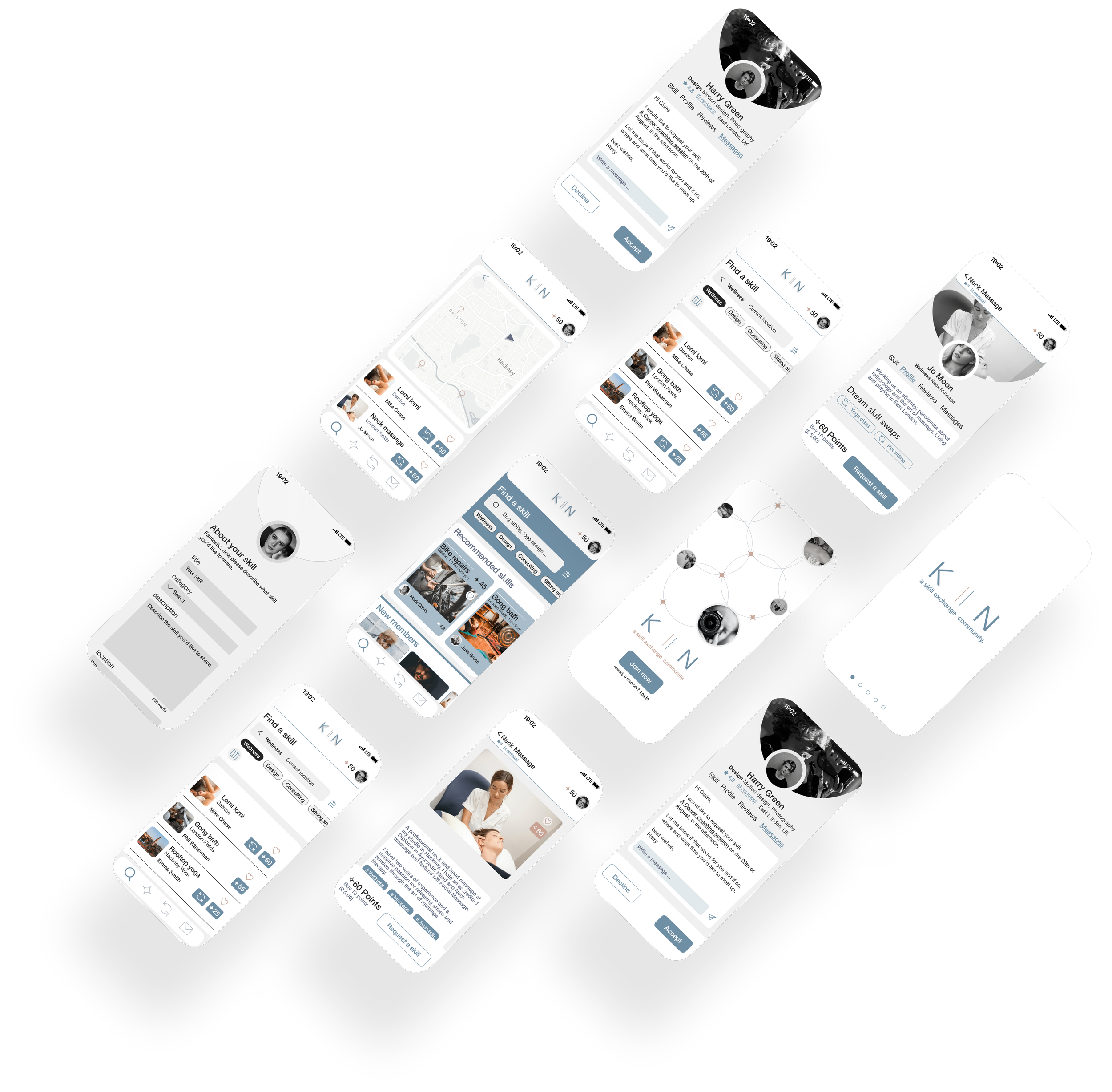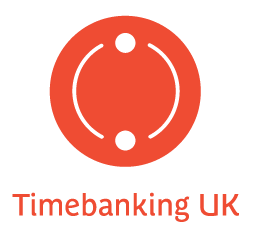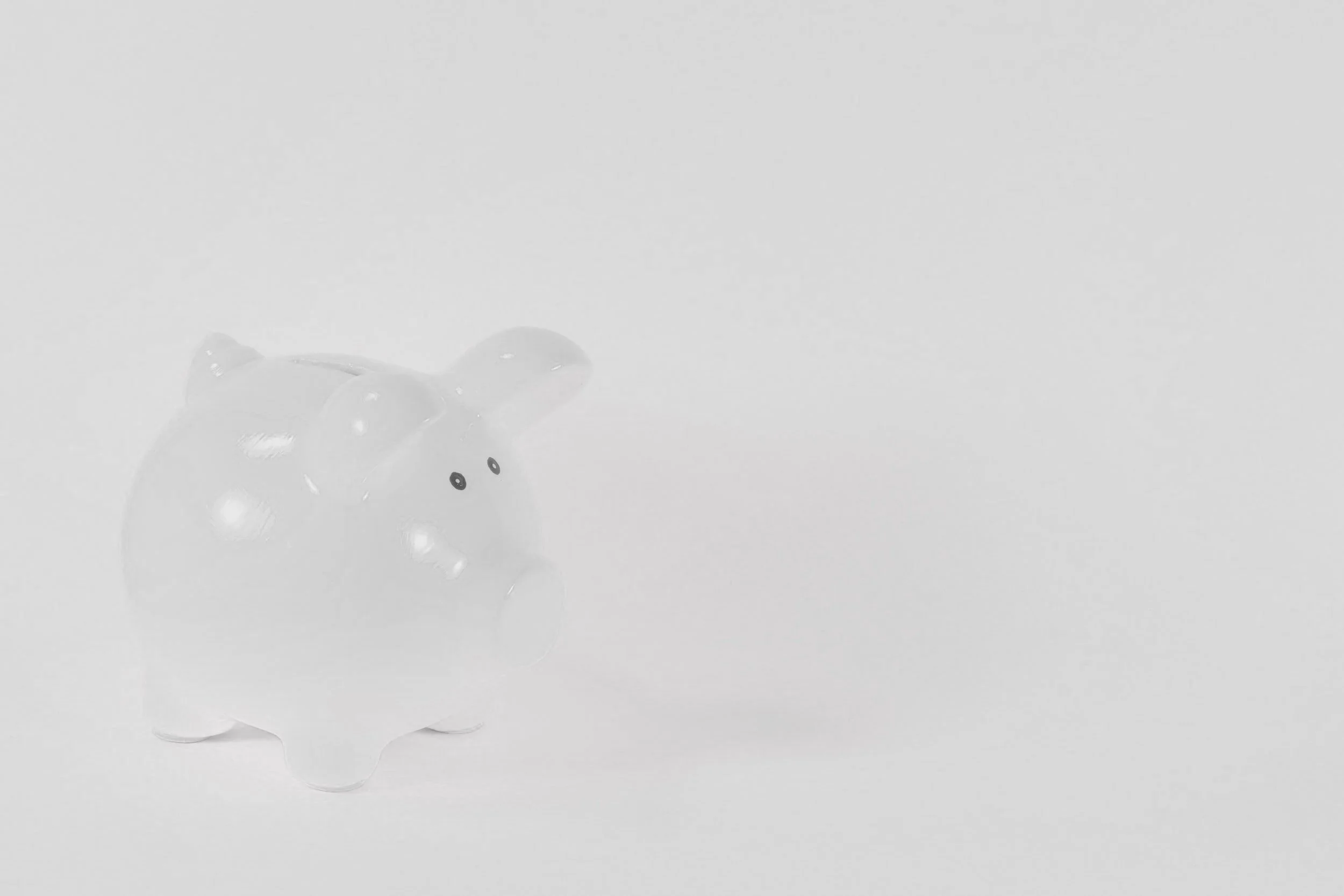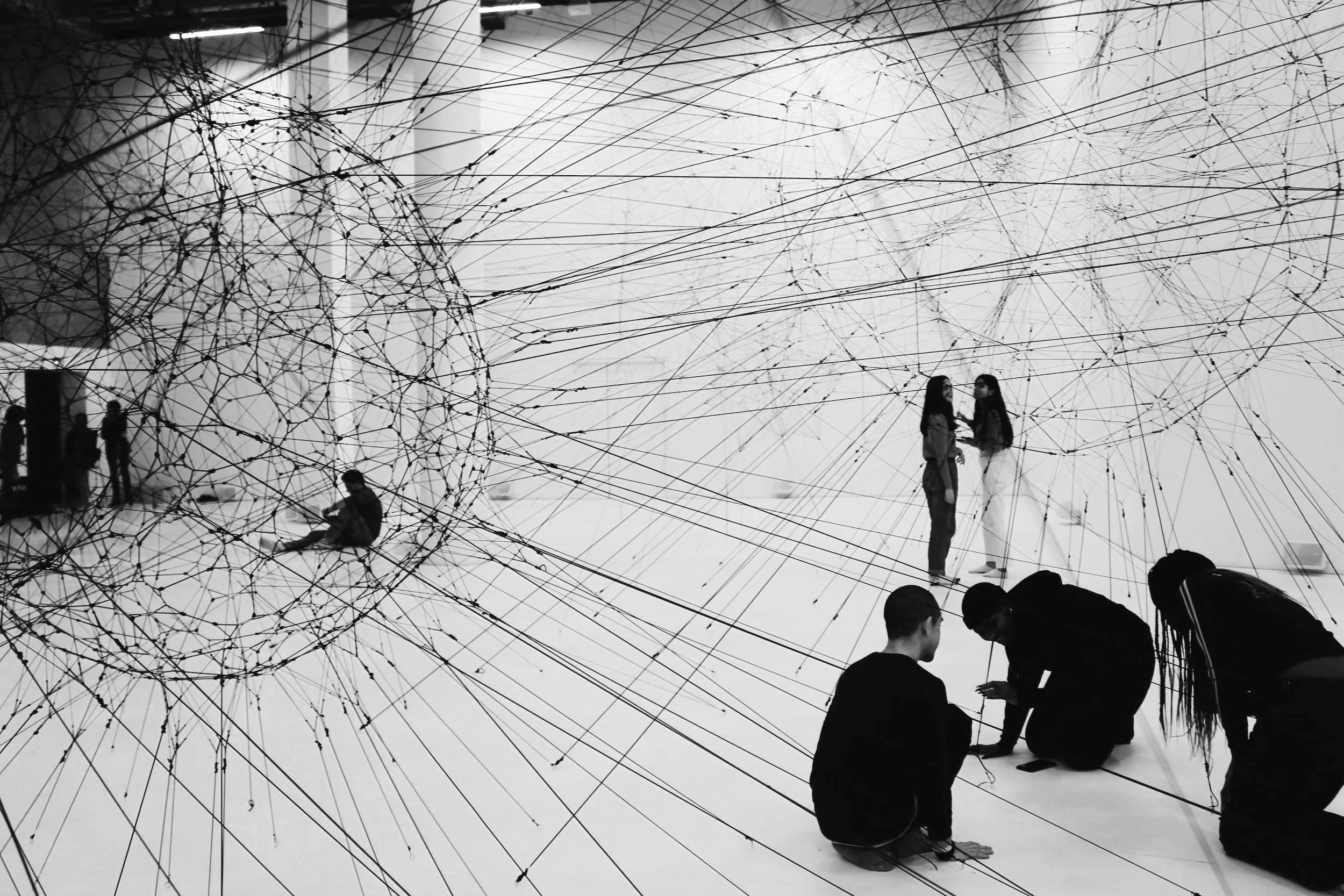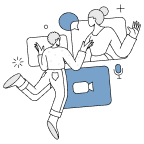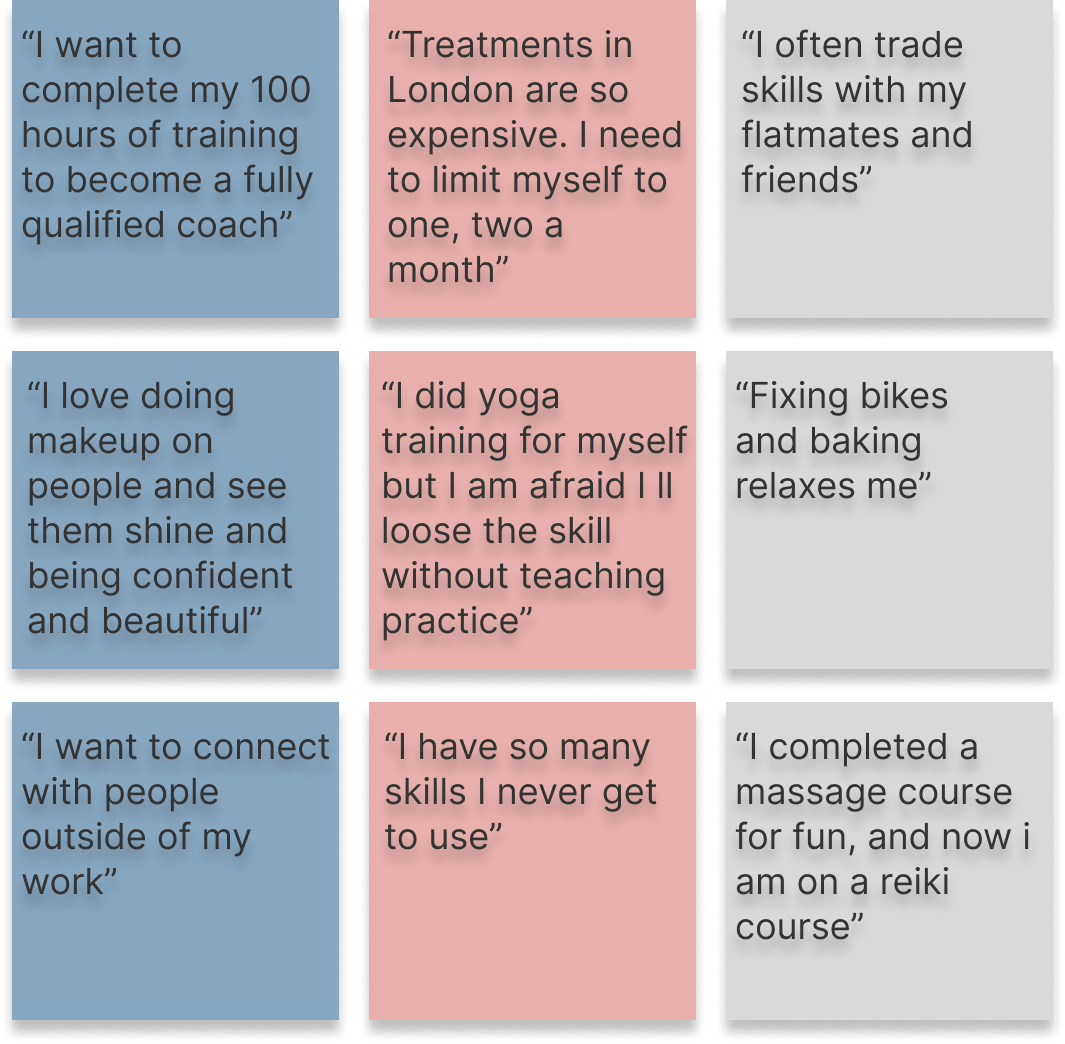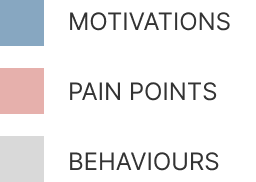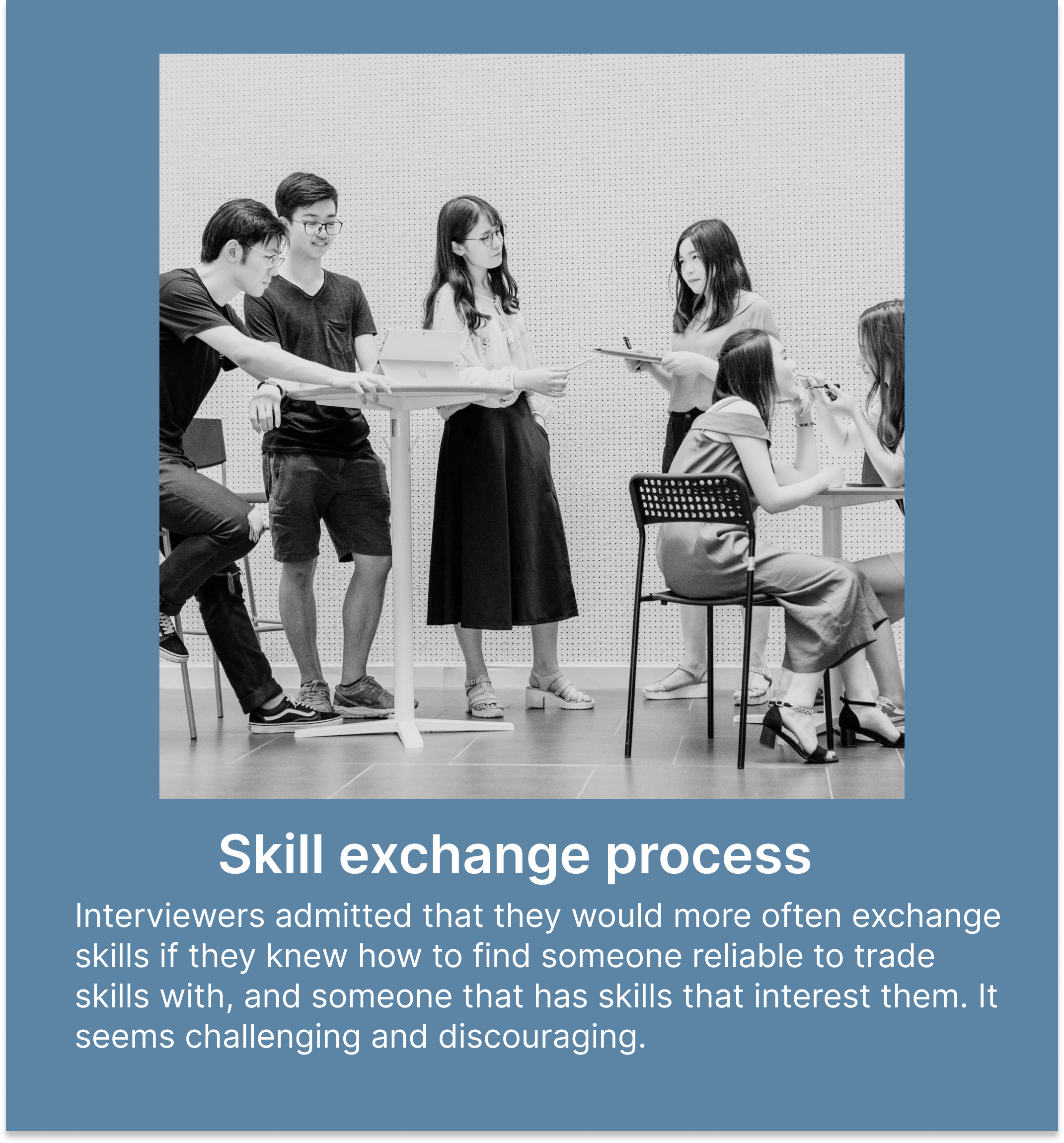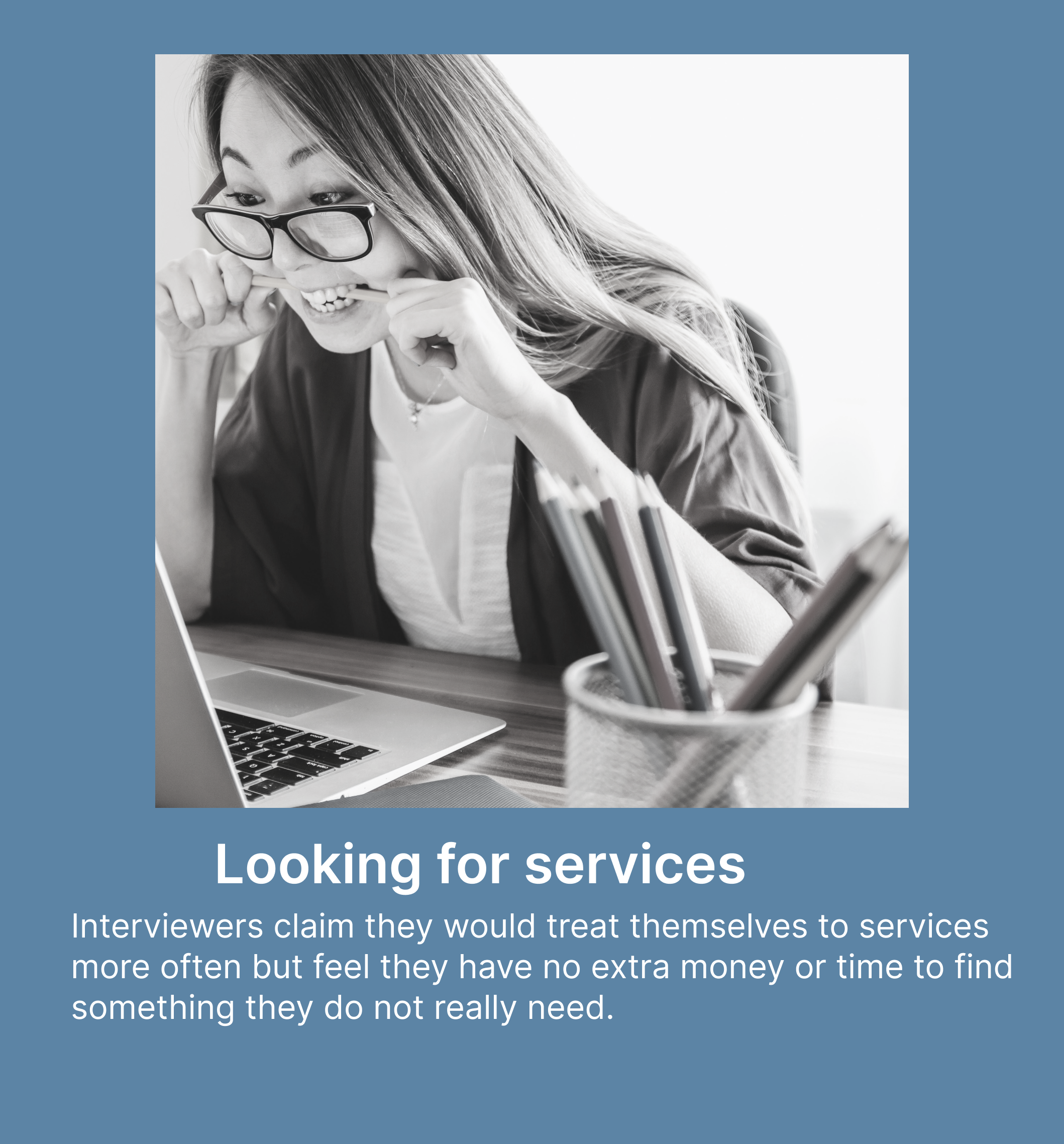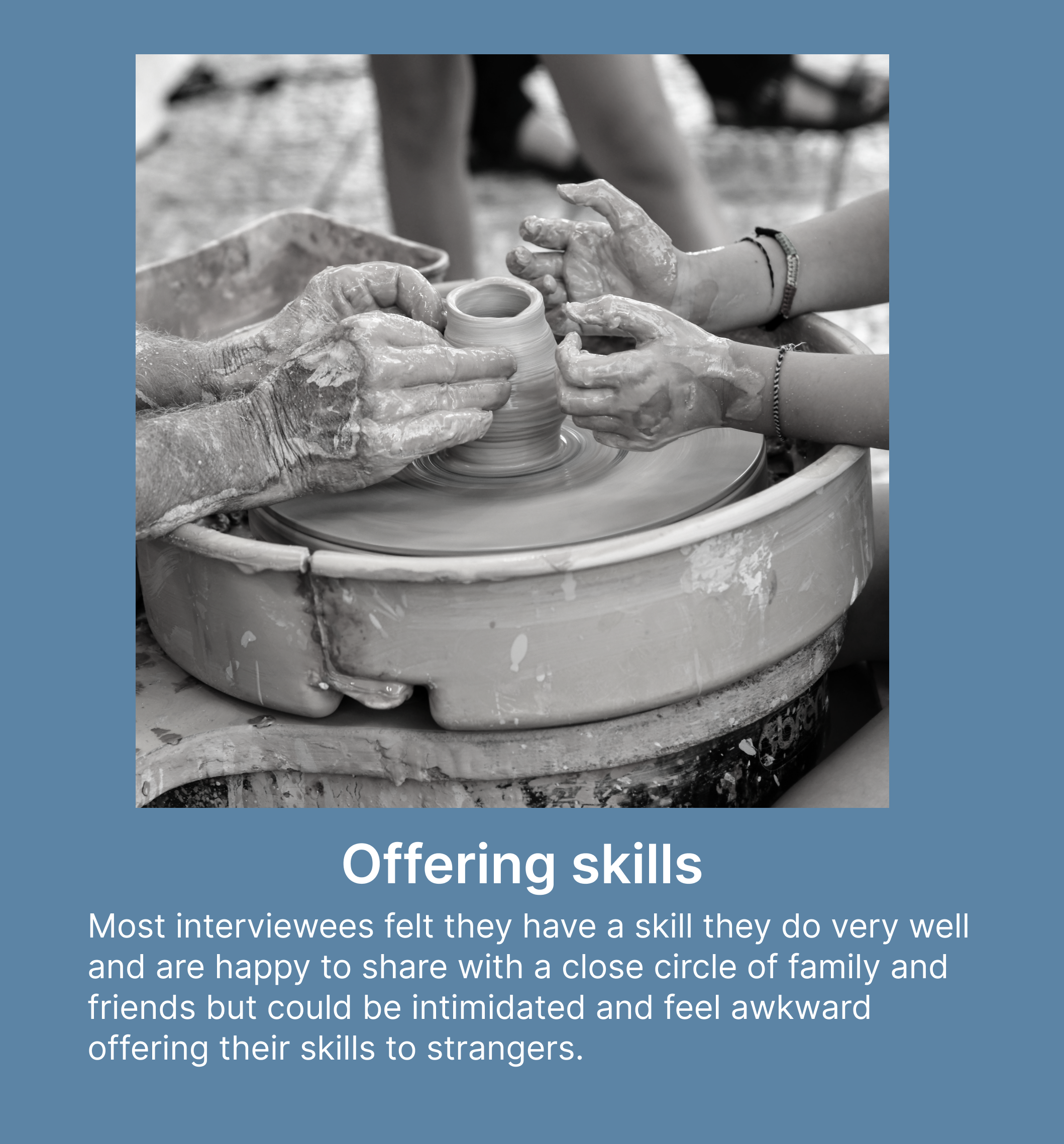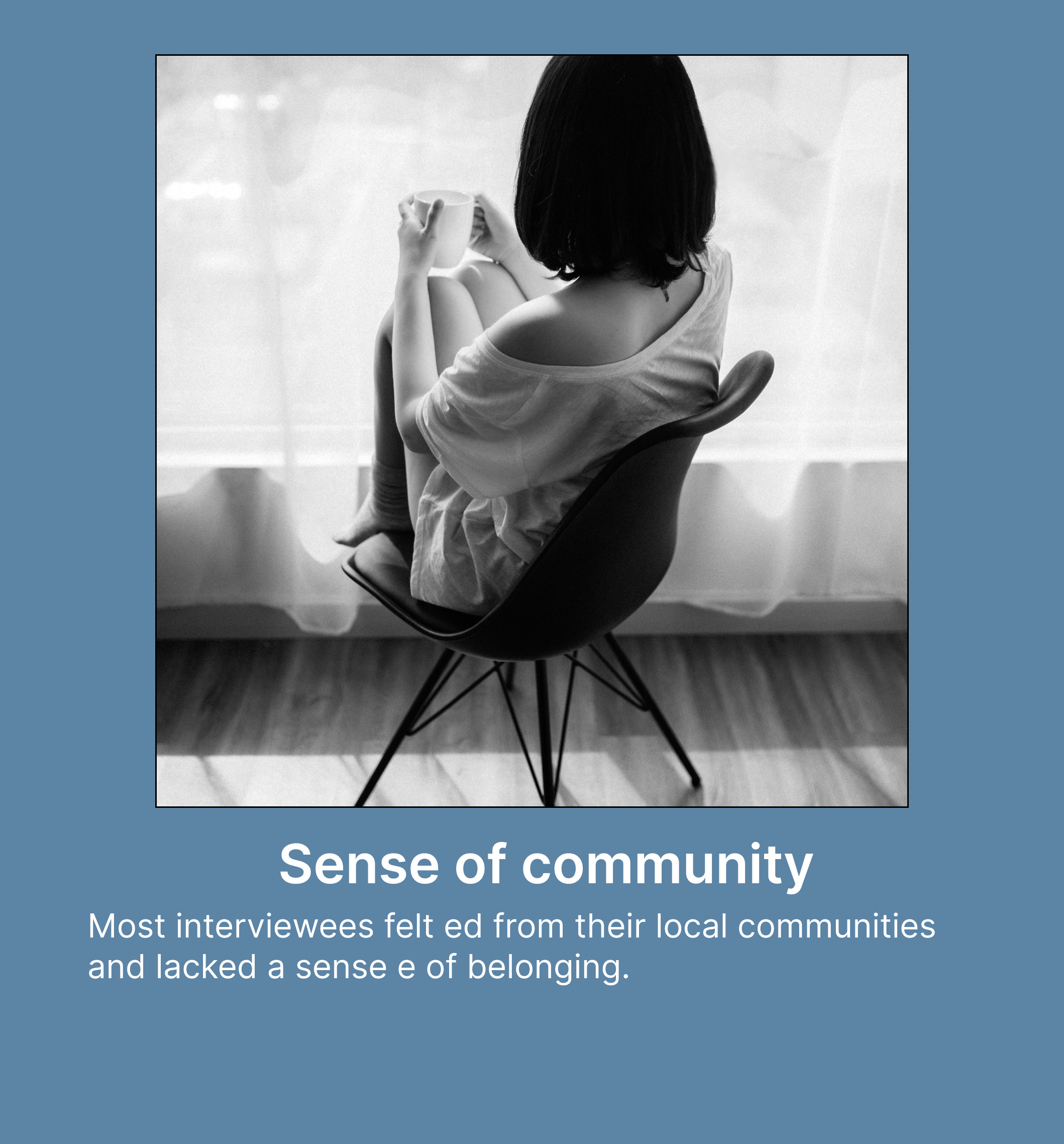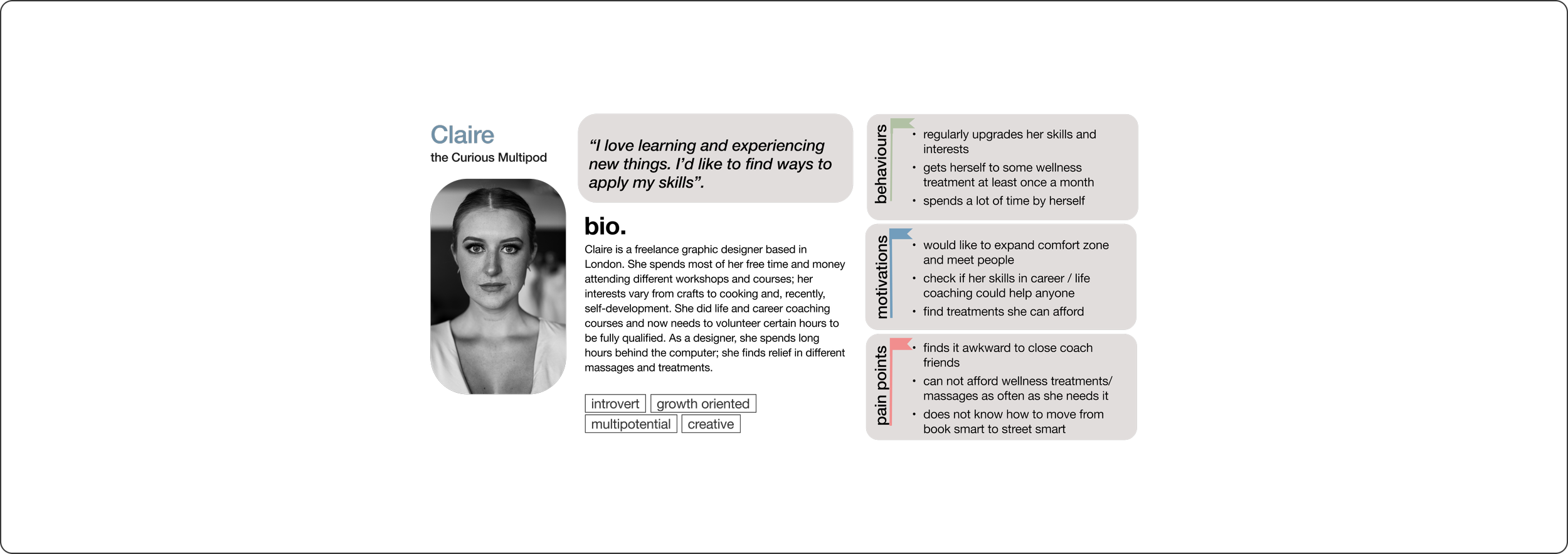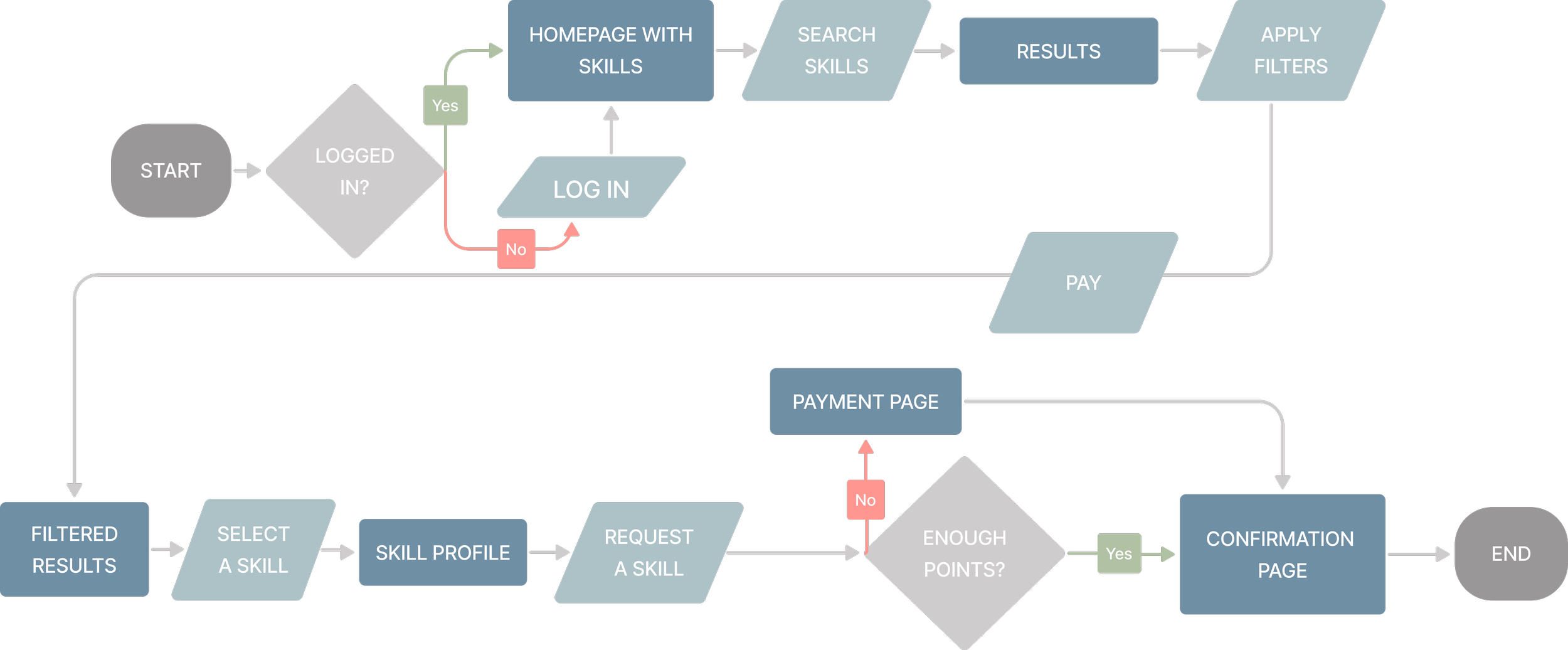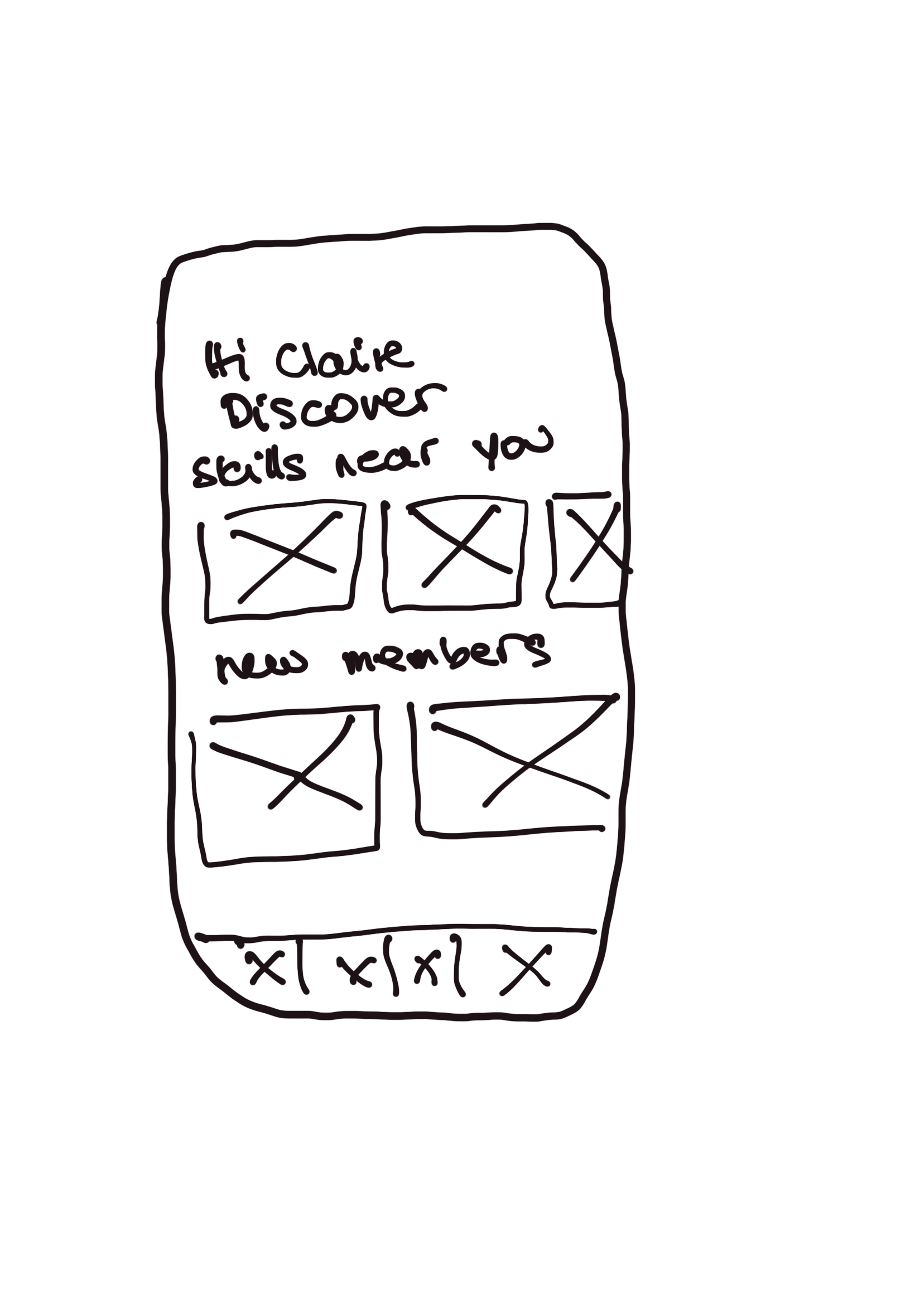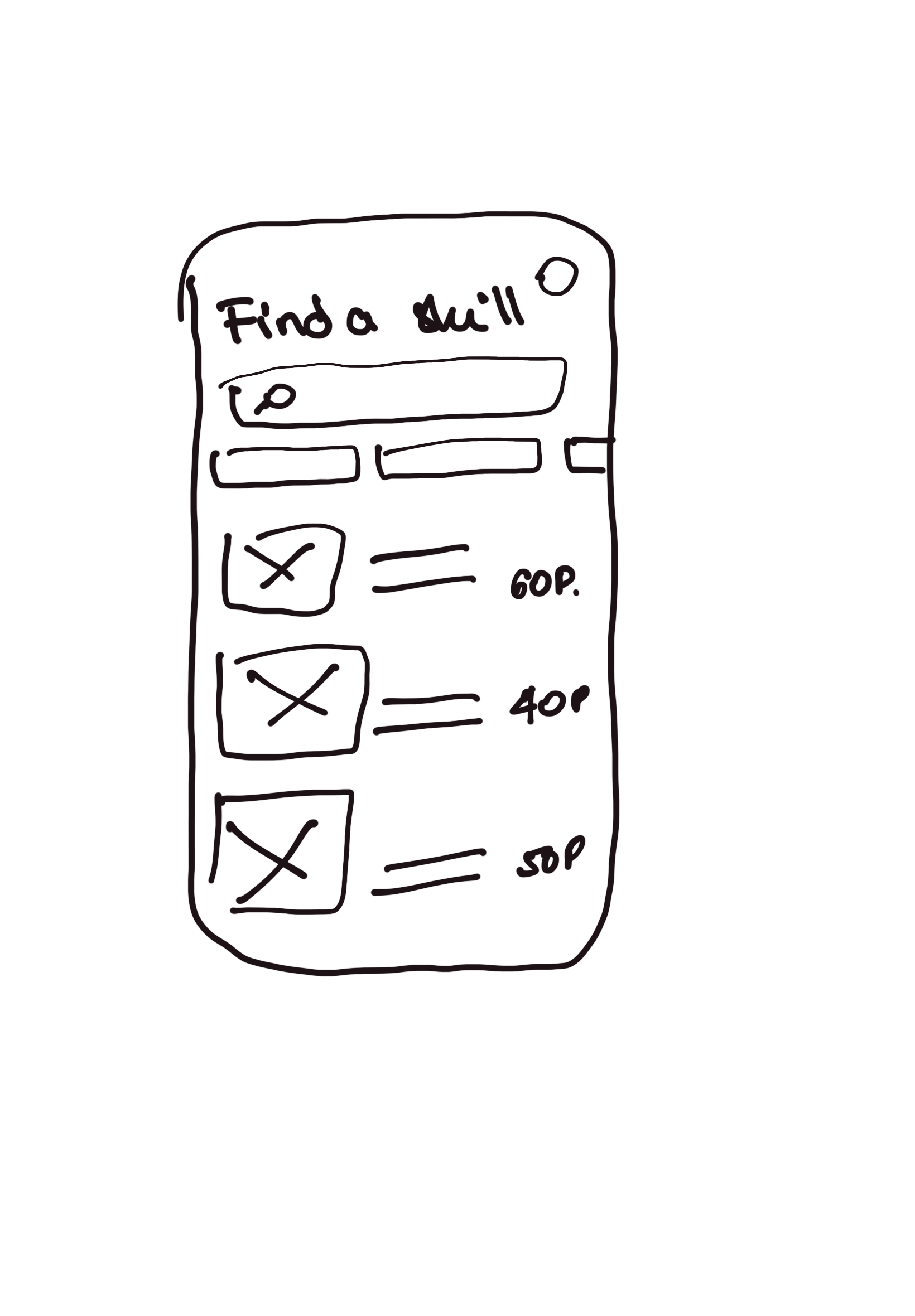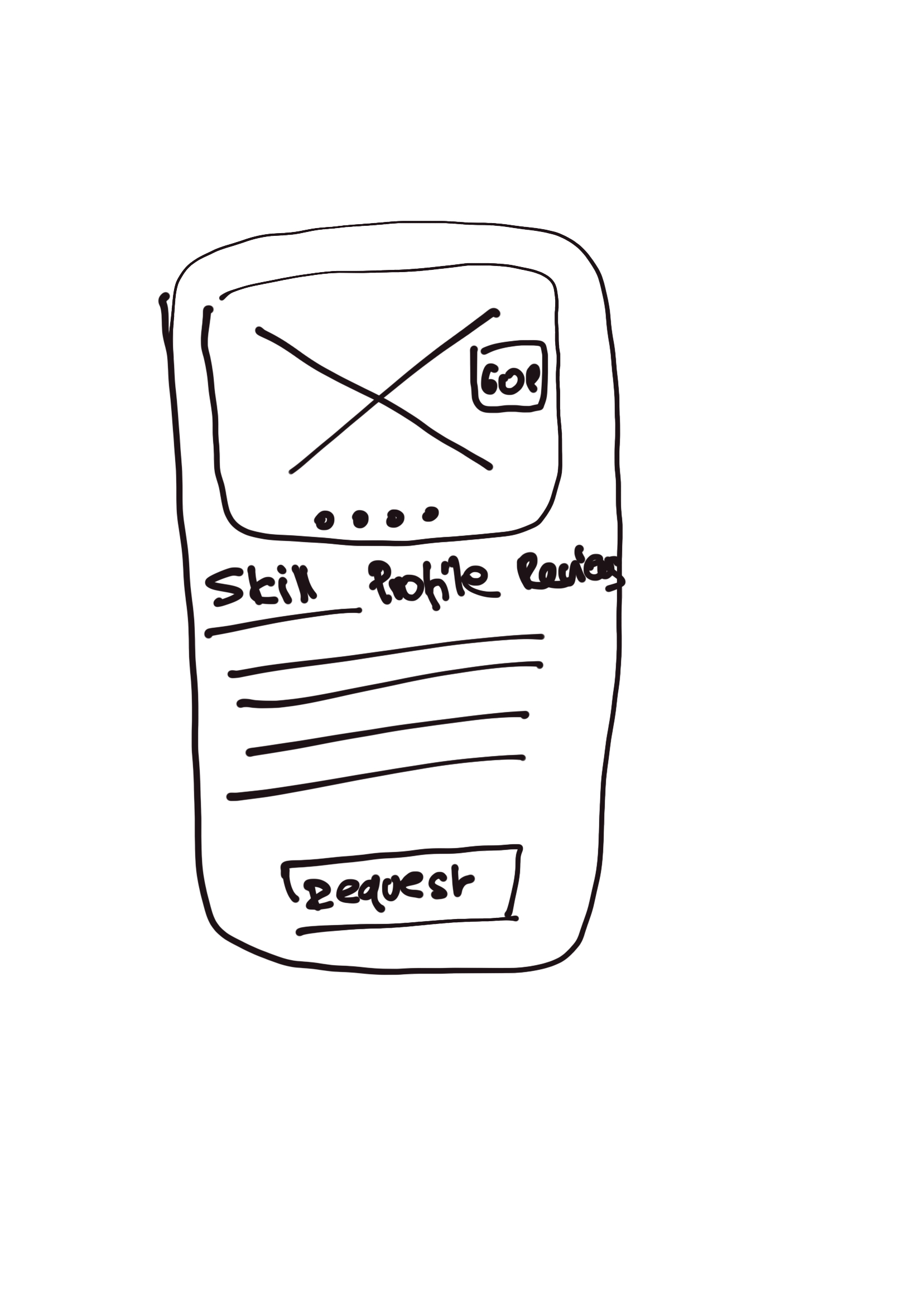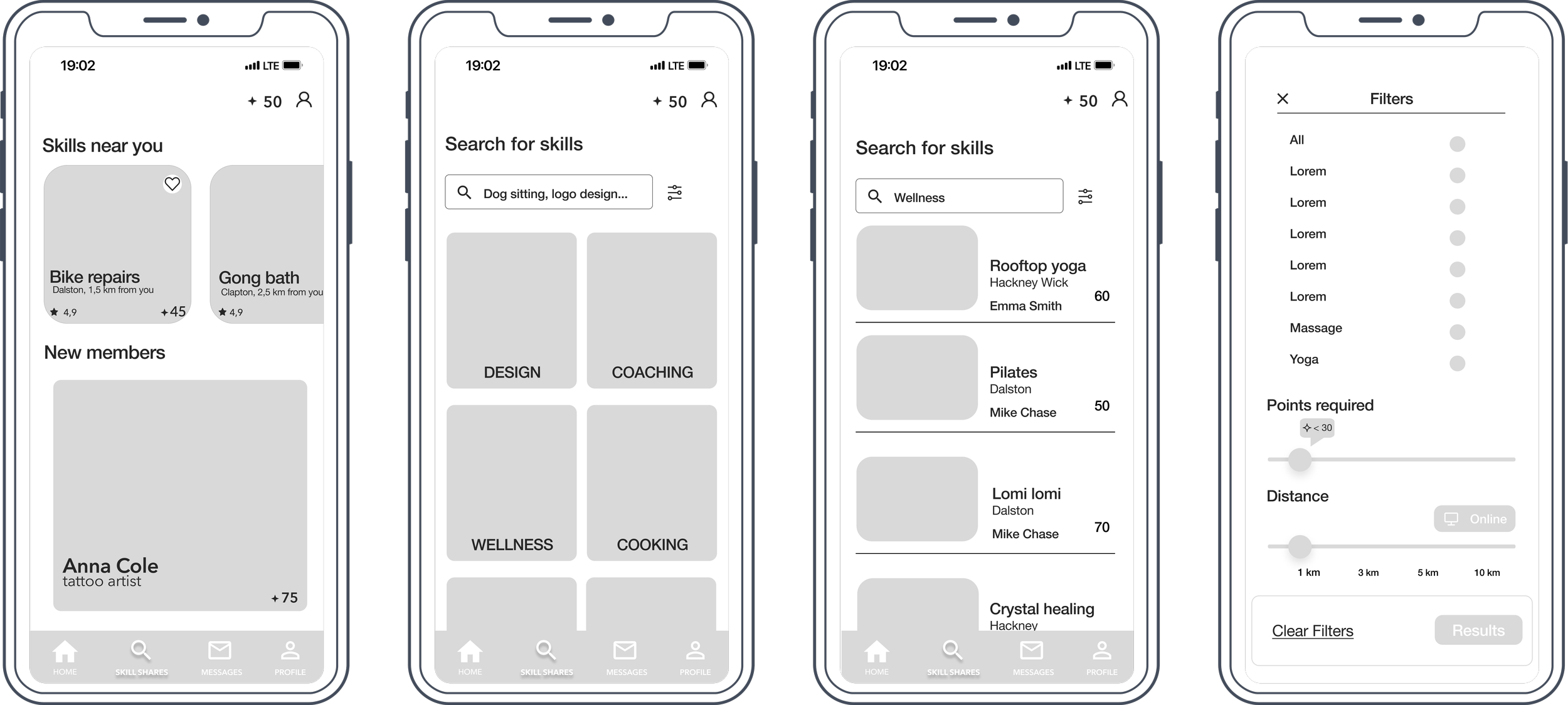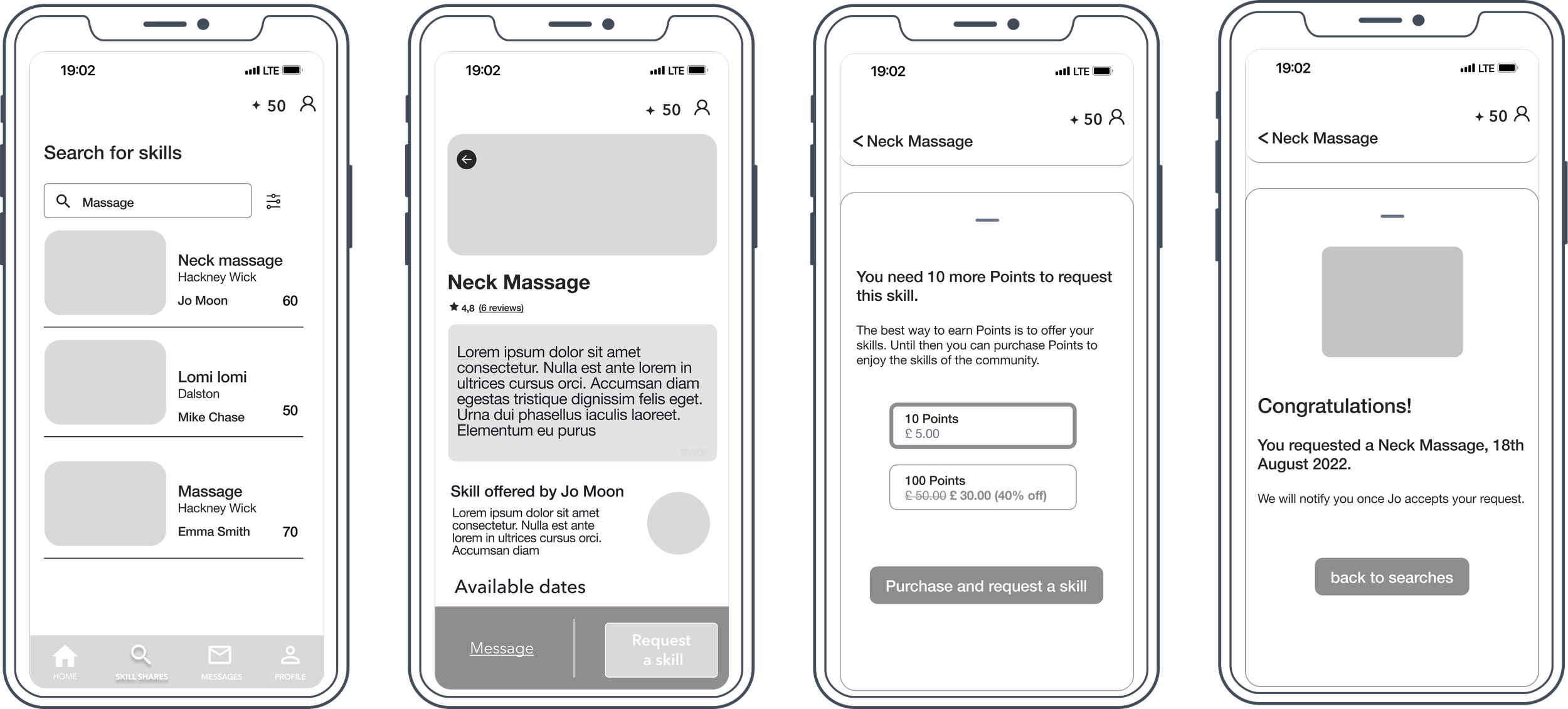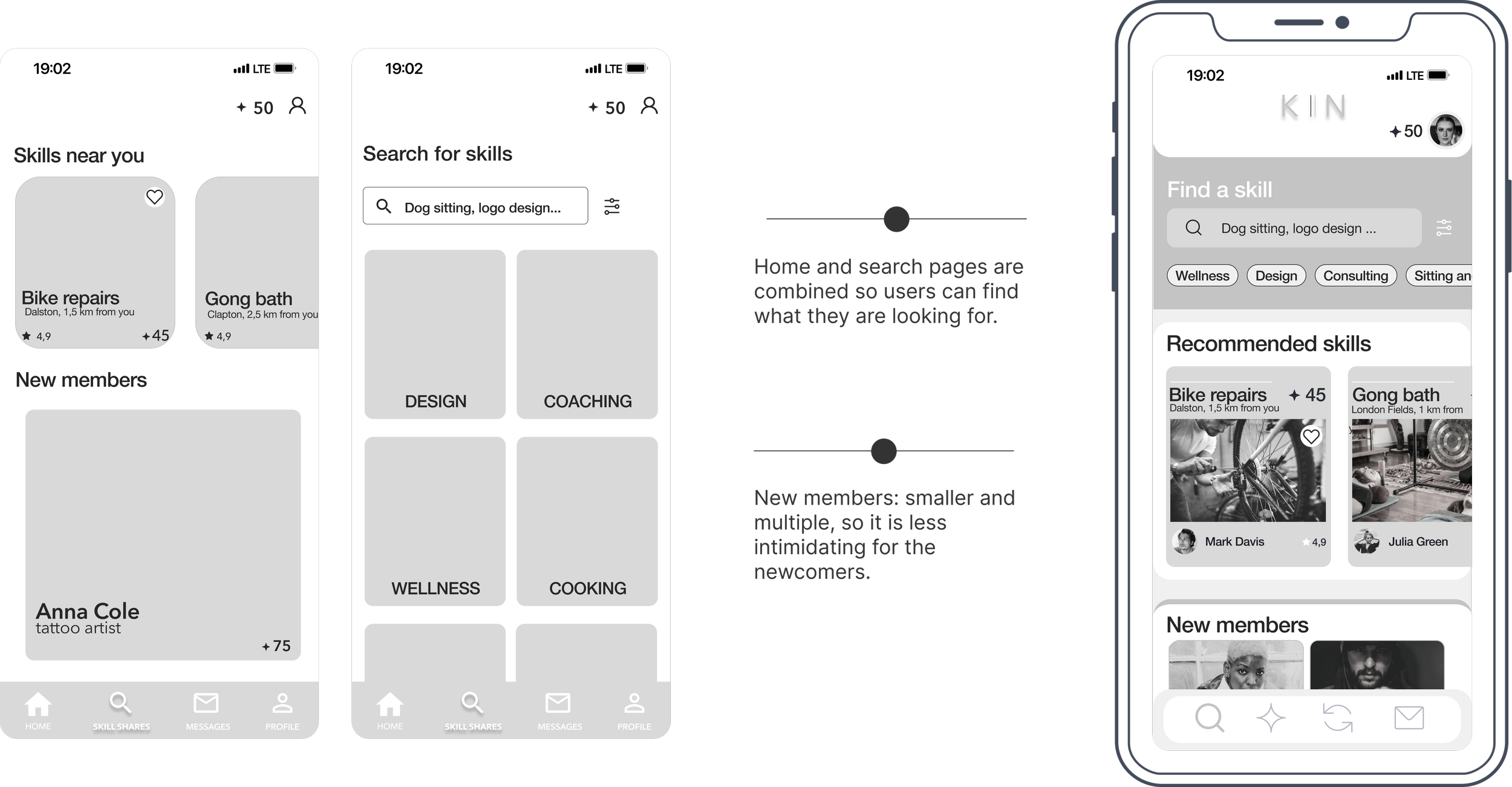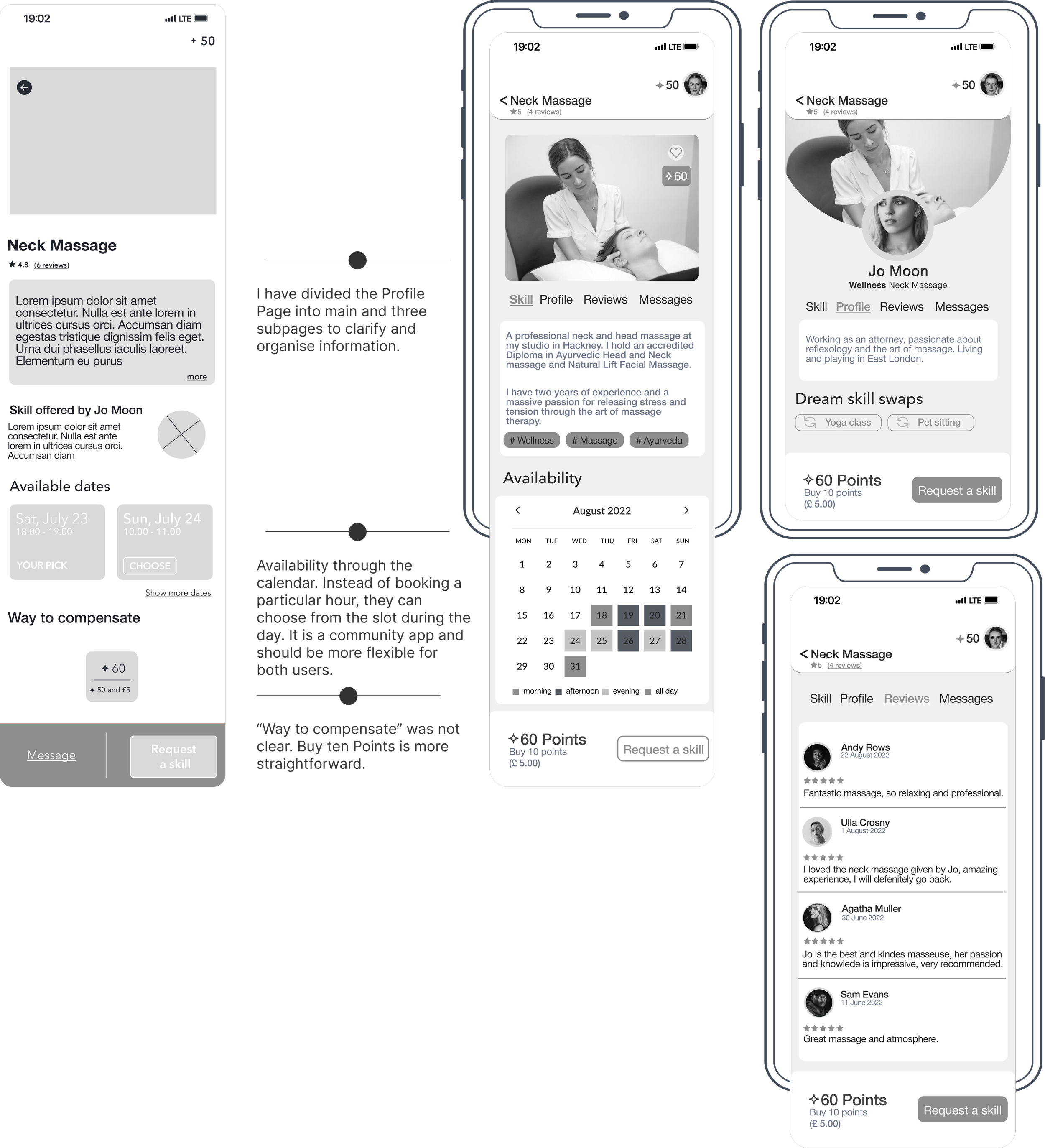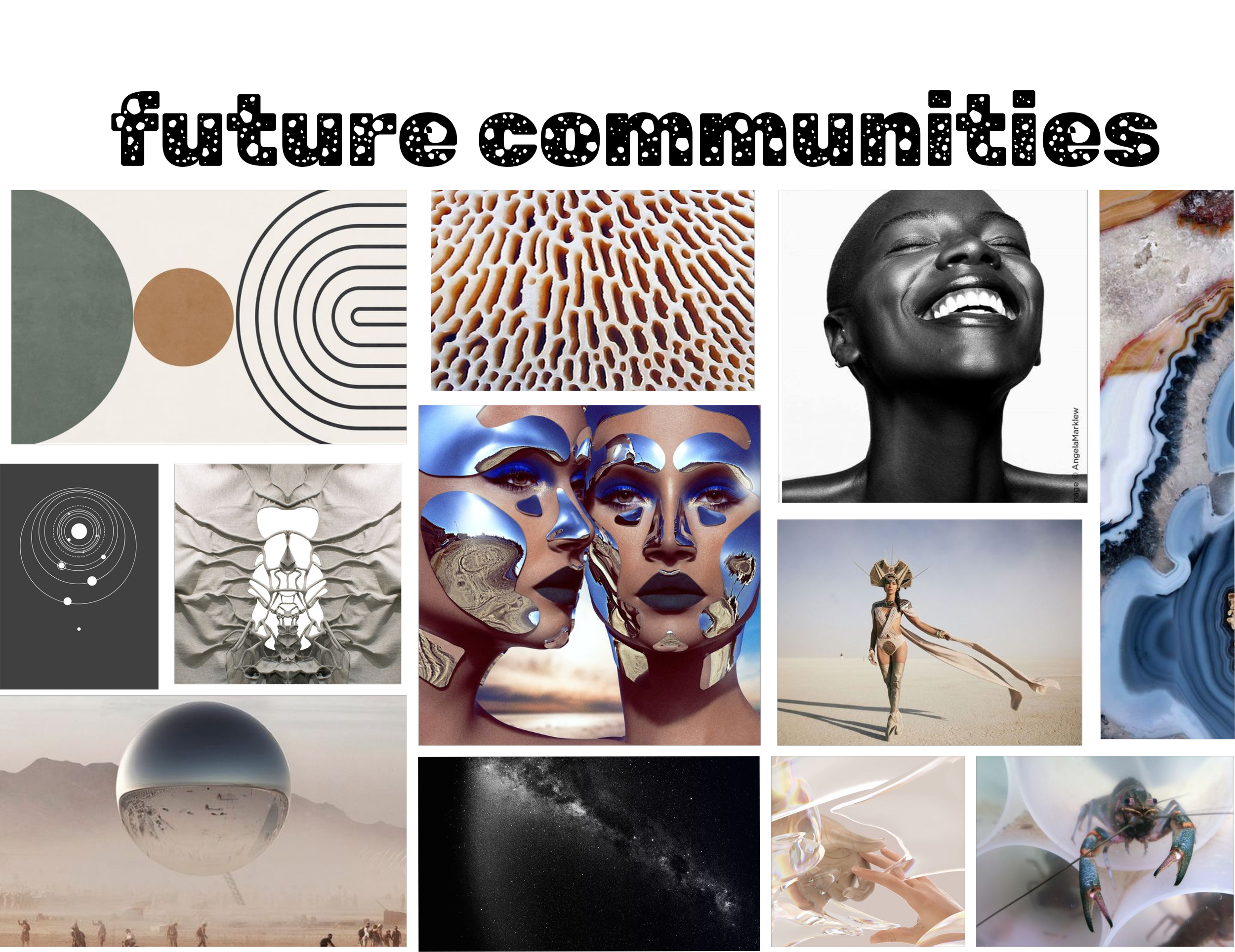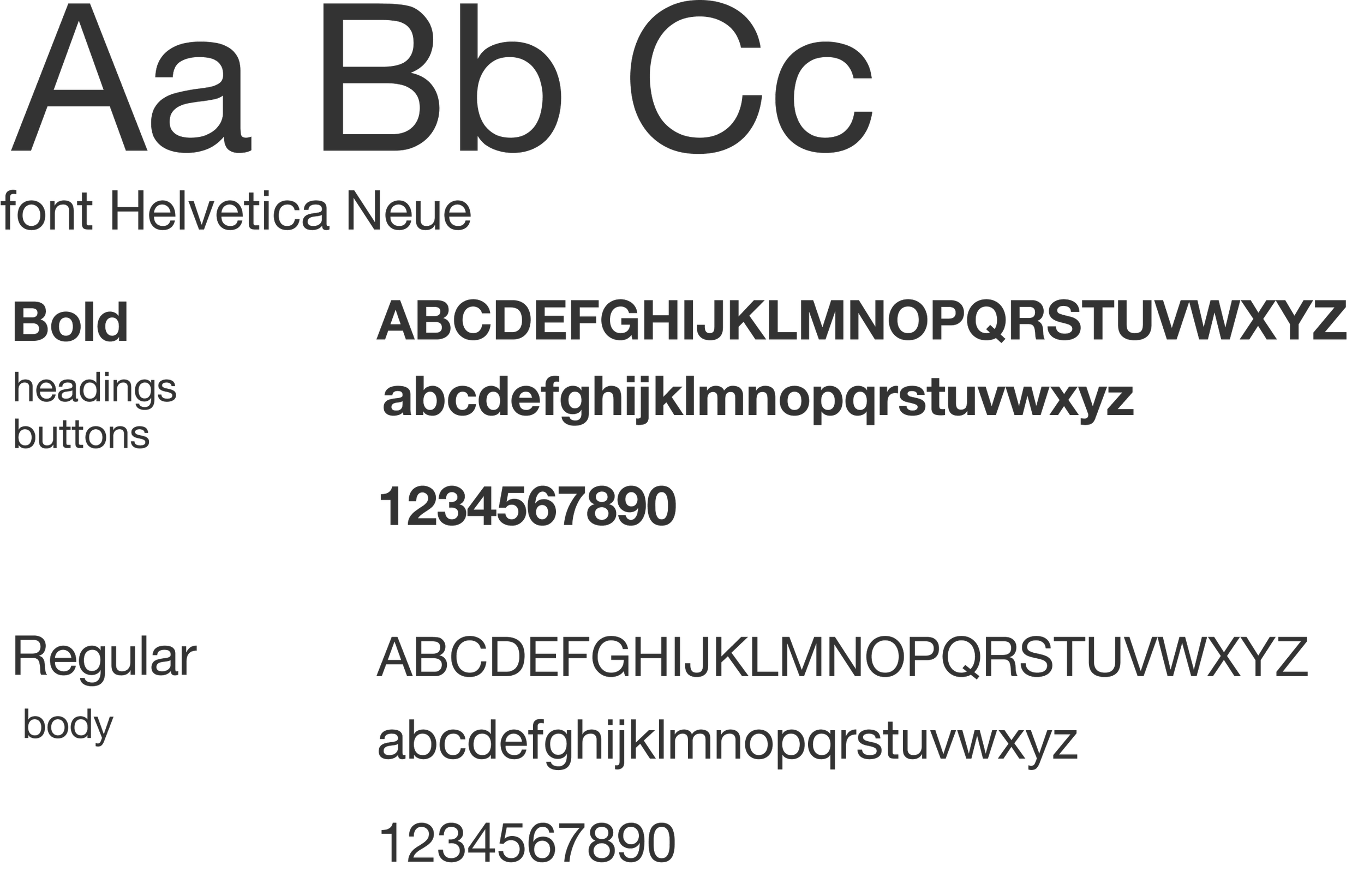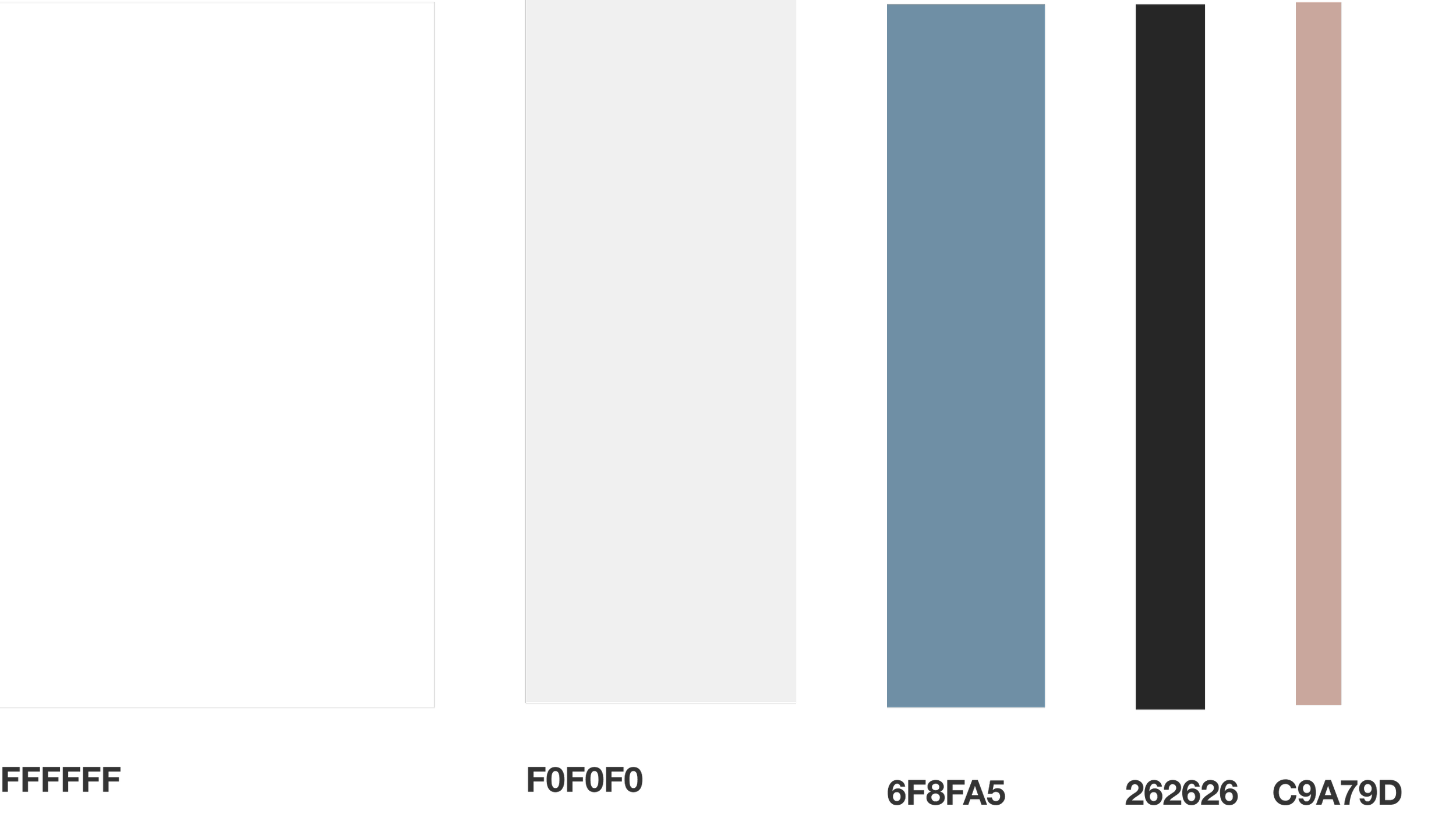A digital tool for an indirect exchange of skills.
overview.
Role UX Research | UX and UI Design
Client BrainStation Bootcamp
Time 10 weeks
Tools Figma | InVision | Miro
context.
In the challenging times marked by the recession, professional uncertainty and burnout - there is an urge to rethink our resources. And explore alternative ways of getting needed services beyond simply monetary transactions.
Some of the resources that most of us have and often undervalue are our skills - things we do well and do passionately. Exchanging skills between community members can be a great way to save money, take hobbies to a professional level and connect with like-minded.
process.
Double Diamond Design Methodology was a ‘road map’ guiding my UX process. The convergent-divergent thinking and four defined stages allowed me to set milestones and refine them based on understanding the user’s needs, constantly challenging my assumptions, and integrating feedback.
DISCOVER
DEFINE
DESIGN
DELIVER
DISCOVER
secondary research.
The desk research revealed that skills sharing is gaining popularity, with an increasing number of people seeking this form of exchange.
Over half of a million people in the UK already exchange their skills.
In 2021 in the UK, six million hours had been exchanged through Time banking, the local charity where people exchange their time (of skills and knowledge) for an hour of someone else’s time. Time banks are present in 35 countries around the world.
70 000 people attend Burning Man, the festival operating solely on a gift and skill exchange economy. Similar festivals emerge around the world. Participants often call this experience “life changing”.
My findings revealed many advantages related to exchanging skills and here are some of them:
saving money while getting needed services
building network and experience while in transition from hobby to career
connecting with like-minded people within the community
discovering interesting skills and services
competitors analysis.
Very few digital apps focus on sharing or exchanging skills, showing it is a novel concept. However, I identified two main competitors and conducted a SWOT Analysis. By analysing what is well and what is poorly functioning or not addressed, I highlighted potential opportunities for my solutions.
STRENGHTS
possibility to certify skills
option to trade services and products
option to pay with money
OPPORTUNITIES
WEAKNESSES
poor marketing and branding
not many users, not many skills to trade
limited search and filters options
THREATS
user’s mindset - not trusting semi-professional services and not ‘putting oneself out there.’
Apps where people showcase their services for money, such as Fiverr
modern branding
indirect exchange
search + filters, online and offline
assumptions.
I formed my assumptions based on the insights gathered through secondary research. I was referring to these assumptions while scripting the interview questions, which allowed me to focus on my problem space.
… and they would be eager to offer and exchange their skills with others once they know the fun and easy way to do it.
PEOPLE HAVE GREAT SKILLS
EFFECTIVENESS IS A MUST
People would get discouraged if they couldn’t easily find a skill/service they were looking for
People would be happy to connect and trade skills once they ‘understand’ who the other person is.
SO DOES TRUST
finding the real stories.
I interviewed seven Londoners to understand whether they consider having skills and how they feel about offering and trading skills with people they don’t know. I analysed insights by grouping them into the pain points, motivations and behaviours.
main themes.
Grouping the primary research insights through Affinity Mapping allowed me to see the new connections between findings and emerging opportunities. I selected four main themes. I decided to focus mainly on the Skill exchange process as it seems the most crucial and the Sense of community
design question.
Understanding the problem space and the users through primary and secondary research led me to form the design question - to focus on finding a solution for a specific problem and help real people. And therefore I wondered:
How might we facilitate an effective and transparent way for people to trade their skills with others?
DEFINE
persona(s).
To ensure that the end user will always be considered while designing the product, I developed different personas with unique aspirations, challenges and reasons to find such a product helpful. Here are the profiles of Claire, Jo and Harry; their different goals and lifestyles may lead them to use the skill-sharing app.
experience mapping.
Through Experience Mapping, I imagined the possible journey the user, Claire, has to go through to achieve the goal - to exchange career coaching sessions for wellness treatment.
By pinpointing the low points within her journey, I could see where my design intervention would make the most sense and resolve the most crucial users’ problems. In short, it is hardly possible to find someone interested in receiving career coaching and at the same time being skilled in massages and willing to offer one… and to have time, and to live nearby. Claire’s experience path proved it’s possible but hardly worth a time and effort.
moving to the users’ stories
Based on the experience map and research findings, I scripted 30 user stories with the corresponding tasks, which I next grouped into primary Epics. I have chosen two epics to pursue, both are based on an indirect skill exchange.
For this reason, I introduced Points - a currency to trade skills among users. This novel idea based on market research gives me a huge opportunity to create unique product.
… to the task flows.
I have developed two tasks flow which complement each other, showing the app's core feature - the indirect skill exchange. The tasks show how the user, Claire would trade her skill for a service offered by other user.
First, Claire finds wellness treatment she likes and requests in from Jo. She pays with Points, the apps currency.
Primary task flow
Next, Claire receives a skill request from Harry. Once she accepts and offers her skill, she will be paid with Points which she can redeem for more skills provided by the users.
Secondary task flow
legendDESIGN
inspiration board.
Discovering and defining the problem space has allowed me to start brainstorming possible solutions. I started with a UI inspiration board to get clearer idea how to approach my own design. A snippet of major inspirations is below.
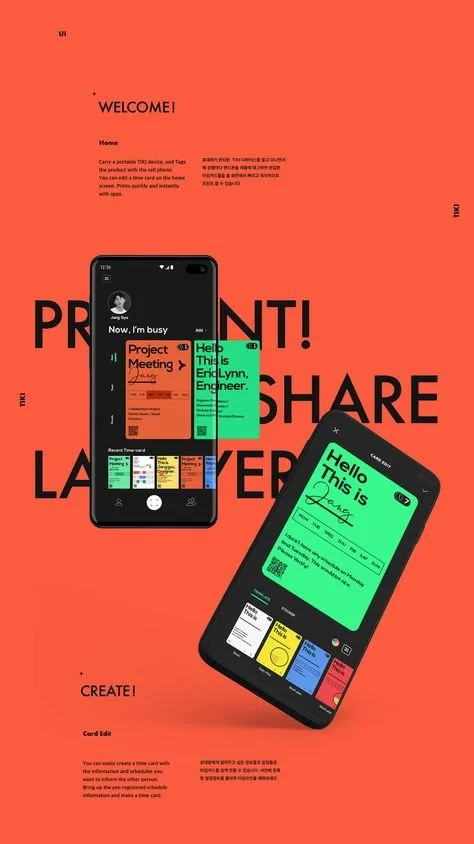
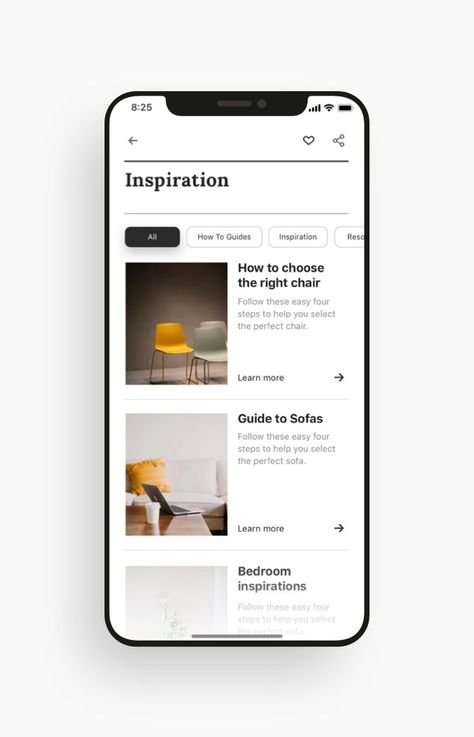
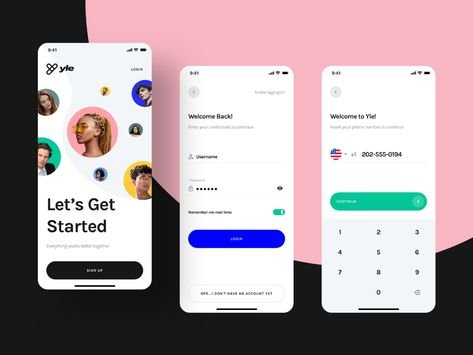
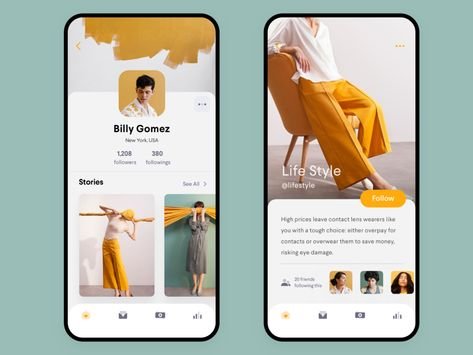

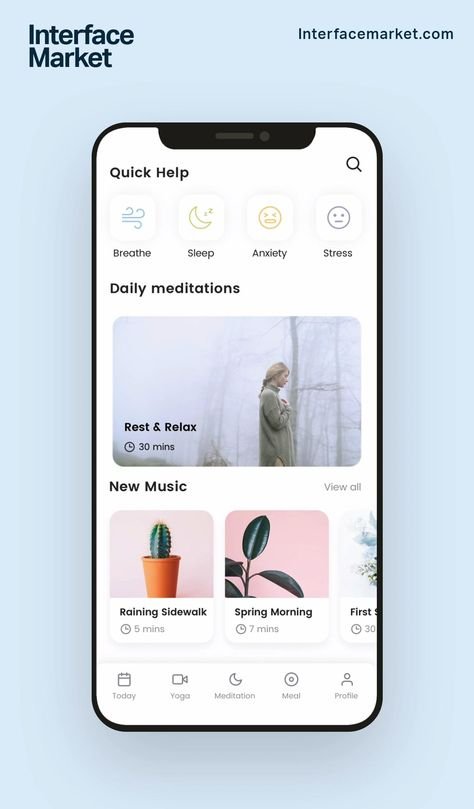
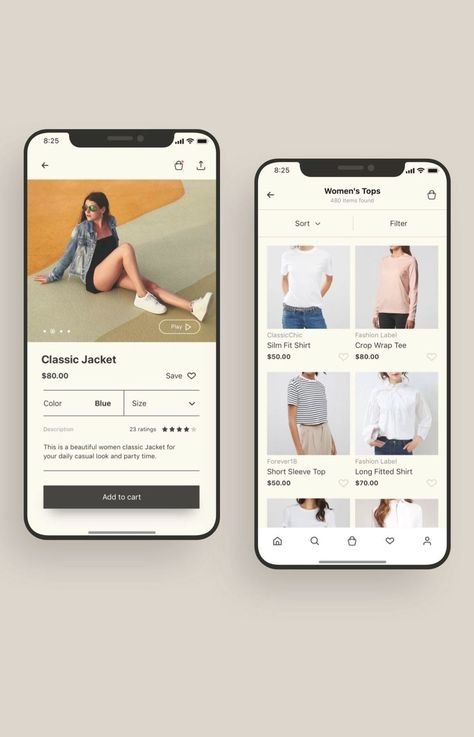
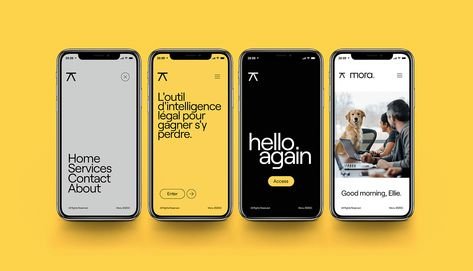
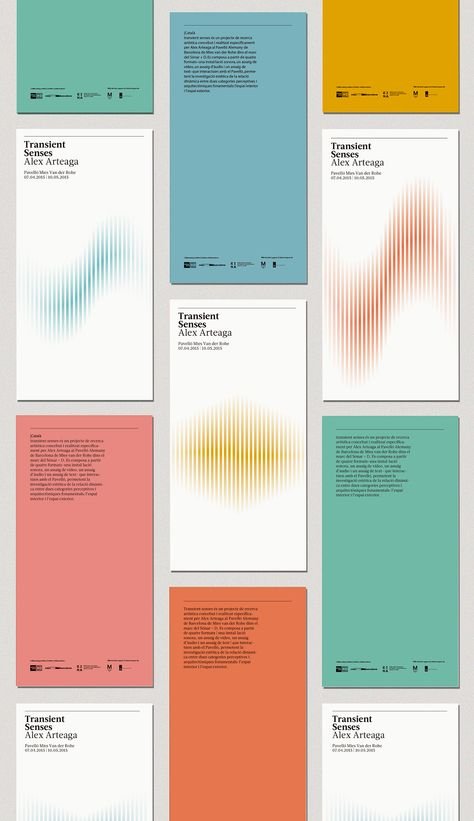
sketches.
I developed low fidelity sketches to explore how the concept and overall flow would work best. In short, the concept is based on five main stages which allow indirect skill exchange, based on at the app’s currency - Points. I was gradually moving to mid - fidelity wireframes.
1.onboard
log your skills & Points
2.home
explore skills
3.search
find particular skills
4.request
a skill & pay in Points
5.accept
a skill request & gain Points
wireframes.
Based on my sketches I developed mid-fidelity wireframes showing key moments of two main tasks flows.
Task no 1 Searching and requesting a skill
Below are the main wireframes showing the journey of Claire, searching for a neck massage and requesting this skill from Jo, the user that offers it. The wireframes show that users can purchase Points if they need to gather more, offering their skills.
Task no 2 Accepting a skill request
In the mirror experience, a user, Claire gets a skill request that she can accept or decline.
testing with users.
I developed a clickable prototype to conduct two rounds of user testing with ten different users. I observed their actions and impressions to understand whether the solution is intuitive and easy to navigate.
FIND & REQUEST A SKILL
search for a neck massage
go to Jo’s profile
request the skill on 18th of Aug
pay for the remaining Points
Using Jacob Nielsen's Error scale to rate the severity of the users' issues while completing the task, I decided which areas to iterate. Overall, testers were enthusiastic about the concept yet had a few problems during testing, mainly with searching for a skill.
I asked testers to put themselves in Claire’s shoes and complete the apps’ main tasks
iterations.
Below are the main iterations after the Usability testing.
home and search page.
users’ profile.
DELIVER
branding.
The products’ branding has derived from the idea that the app represents the community of the future, interconnected between its members, nature and technology. The global collective. I wanted to distance the product from the traditional community vibe often presented by charities, grassroots organisations, or community centres. The modern, metallic, yet organic branding shows that the social transformation should be natural yet embrace technological means. I was inspired by aesthetics of the Burning Man festival.
typography.
colour palette.
name & logo.
The inspiration behind the apps' name was the book by the eco philosopher Donna Haraway "Make Kins, not Babies", about the urge to create new forms of societies based on cooperation and collective effort to survive the challenges we will have to face in the future.
Kiin, a digital platform for exchanging skills.
Unlock your potential.
Find services.
Pay with your skills.
future thinking and big dreaming.
There was a lot of enthusiasm around this project. People I interviewed or otherwise involved in the process were rethinking their skills, abilities and hobbies, reflecting on their usefulness; an exact reaction I was hoping to get from potential users. The platform hits the Zeitgeist of sustainable usage of resources, connecting communities and empowering individuals to be additive parts of societies rather than faceless consumers.
The ultimate success of this app would be its outreach: the more users, the more offered services and more opportunities to find and share skills. If I were to develop my app further, I’d look for potential partnership cooperations with work marketplaces and fairs as an alternative way to apply and promote one’s services and skills.
Users who need more Points to request service can purchase them via the app, which would be the primary way to secure ROI. However, the active users who frequently offer their skills will likely ‘earn’ enough Points through their activity.
Regarding the app's next steps, I would like to focus on the review system, which will undoubtedly play a significant role in terms of trust and safety. I would continue developing task flows and testing and interviewing the users.
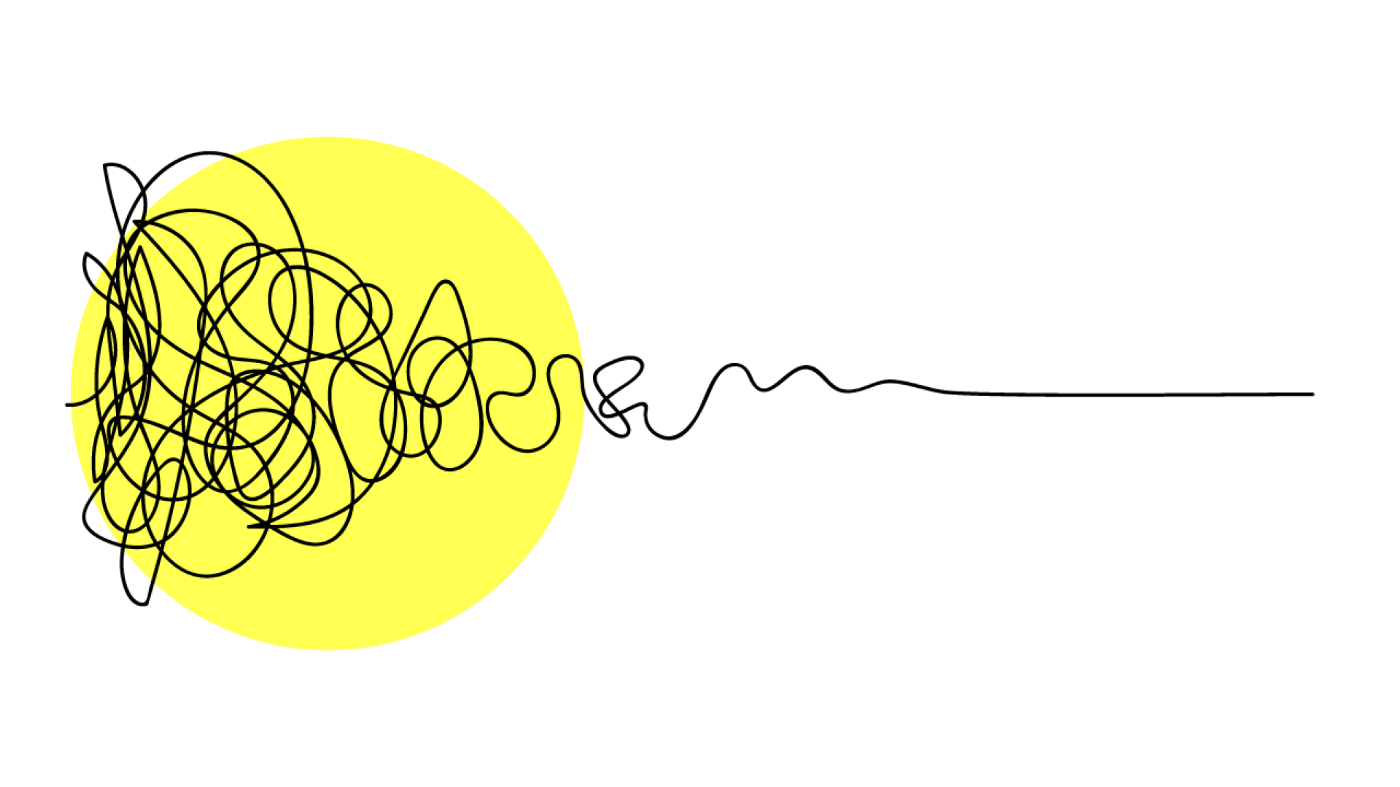
key learnings.
The UX process, surprisingly, is very similar to working on legal cases. Both focus on defining the right problem and finding adequate solutions. However, while designing user experience, it is crucial to wait for answers, concentrate and thoughtfully navigate each step of the process. The key will be a product of cooperation with users and multidisciplinary teams. Restraining myself from solutionizing was something I had to learn, yet I immensely enjoyed my process.
embracing ambiguity.
Observing and understanding users was a fascinating process. It is essential to know the users to develop a successful (therefore useful) product. The ability to read "between the lines and movements" is where "intuitiveness" lies" It is not enough that users complete the task or answer the question, but rather, how do they do it? Do they struggle? Do they hesitate? Do they make faces? These seemingly little moments and facts can contribute to outstanding results.
designing with & for users.

